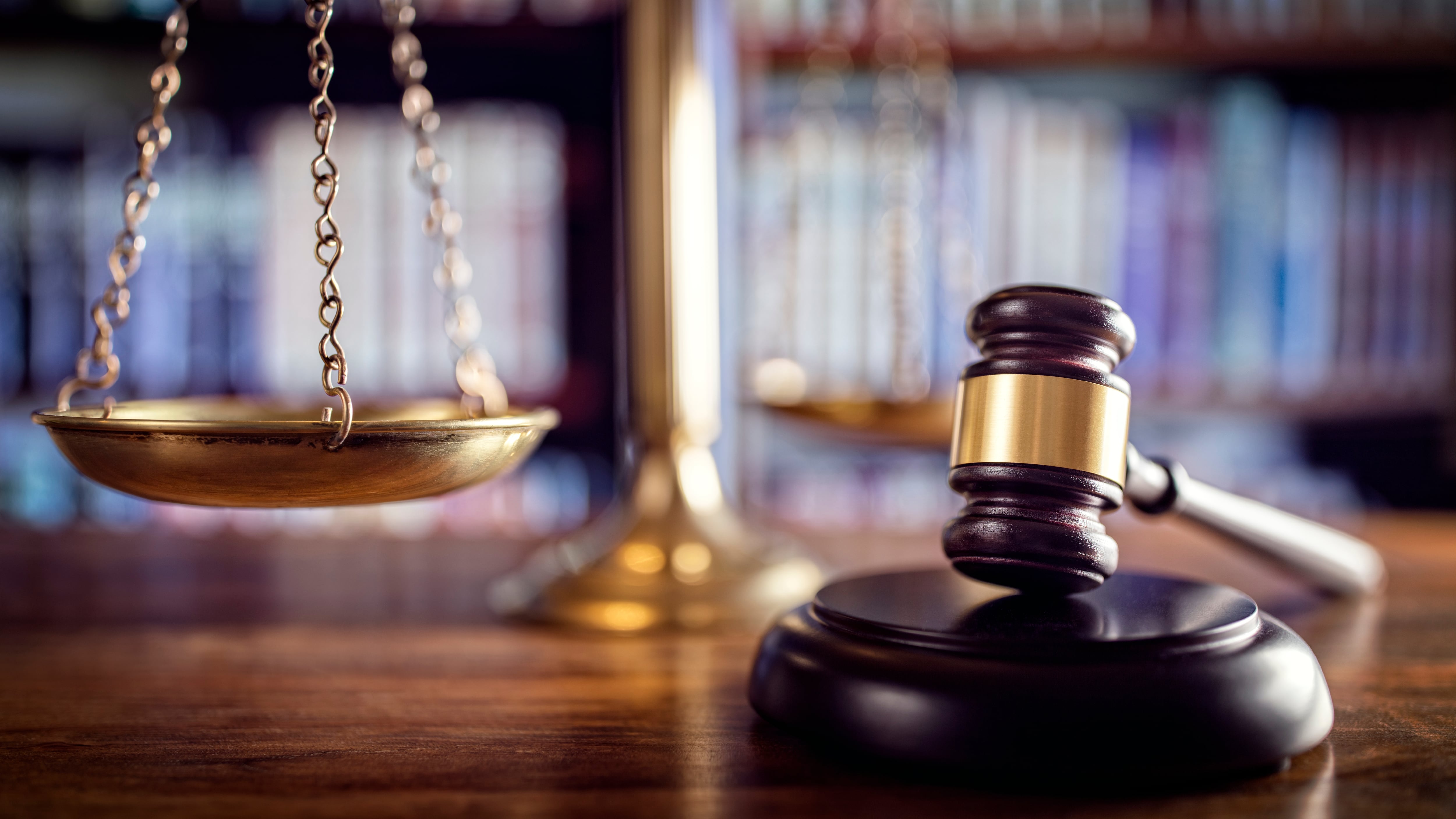As hurricane Ida moved out of Louisiana, leaving hundreds stranded, U.S. Coast guard helicopters conducted damage assessment overflights near Galliano, LA. Video and images posted by the USCG Heartland Twitter account provide a sample of what Ida left in its wake, and what rescue and repair crews face on the ground.
The overflights, intended to help rescue crews and local authorities identify hazards, such as downed powerlines and tree limbs, and provide a more extensive damage assessment in the area. Overall, the Coast Guard has provided 28 aircraft and 21 shallow-response watercraft to aid rescue and recovery assets in Louisiana.
“The Coast Guard will continue to provide search and rescue capabilities, assess the damage done by Hurricane Ida, repair aids-to-navigation, and ensure the ports along the Gulf Coast can be safely reopened for the flow of maritime commerce,” Coast Guard Capt. Tracy Phillips, area commander for the Ida response, said in a release.
Ida initially made landfall in Louisiana on Sunday, coinciding with the 16th anniversary of Hurricane Katrina, a 2005 storm that devastated New Orleans and, according to the Associated Press, caused some 1,8000 deaths.
According to the AP, Ida’s winds reached over 150mph, making it the fifth strongest hurricane to hit the United States. While Ida spared New Orleans, the storm left at least two people dead and more than one million without power. Additionally, “scores” of people were left in need of rescue due to fallen debris and high floodwaters.
In response, along with Coast Guard efforts, the National Guard has mobilized more than 6,000 members from multiple states. About 5,000 National Guard members are from Louisiana, 500 from Oklahoma, and contingents from Mississippi, Alabama, Tennessee, Arkansas, and Texas.
“This is what the National Guard is for,” said Col. Bob Walter, commander of the Oklahoma National Guard Joint Task Force, said in a release. “Our organization is proud to help our neighbors in need, just as we did for both Hurricane Katrina and Hurricane Harvey, and just as other states have done for us.”
According to Louisiana Gov. John Bell Edwards, local, state, and federal rescuers had combined to rescue at least 671 people by late Monday afternoon. However, while the AP reports that there are approximately 25,000 utility workers on the ground in Louisiana working to restore power for some one million people without it, the governor’s office described the damage as “catastrophic,” and it could be weeks before the power is back on.
“There are certainly more questions than answers. I can’t tell you when the power is going to be restored. I can’t tell you when all the debris is going to be cleaned up and repairs made,” Louisiana Gov. John Bel Edwards said during a news conference Monday. “But what I can tell you is we are going to work hard every day to deliver as much assistance as we can.”
At the time of publication, the National Weather Service located Ida near Tupelo, Mississippi. Over the next couple of days, NWS predicts that Ida will continue to track northeast over Tennessee, Virginia, and Maryland before heading back out to sea near northern Delaware.
James R. Webb is a rapid response reporter for Military Times. He served as a US Marine infantryman in Iraq. Additionally, he has worked as a Legislative Assistant in the US Senate and as an embedded photographer in Afghanistan.





